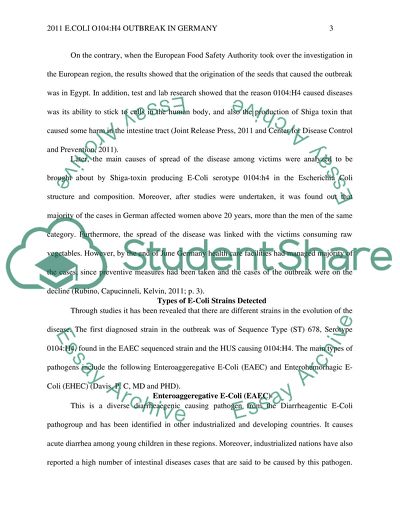Cite this document
(E.Coli O104: H4 Outbreak in Germany Report Example | Topics and Well Written Essays - 1500 words, n.d.)
E.Coli O104: H4 Outbreak in Germany Report Example | Topics and Well Written Essays - 1500 words. https://studentshare.org/medical-science/1598570-2011-ecoli-o104h4-outbreak-in-germany
E.Coli O104: H4 Outbreak in Germany Report Example | Topics and Well Written Essays - 1500 words. https://studentshare.org/medical-science/1598570-2011-ecoli-o104h4-outbreak-in-germany
(E.Coli O104: H4 Outbreak in Germany Report Example | Topics and Well Written Essays - 1500 Words)
E.Coli O104: H4 Outbreak in Germany Report Example | Topics and Well Written Essays - 1500 Words. https://studentshare.org/medical-science/1598570-2011-ecoli-o104h4-outbreak-in-germany.
E.Coli O104: H4 Outbreak in Germany Report Example | Topics and Well Written Essays - 1500 Words. https://studentshare.org/medical-science/1598570-2011-ecoli-o104h4-outbreak-in-germany.
“E.Coli O104: H4 Outbreak in Germany Report Example | Topics and Well Written Essays - 1500 Words”. https://studentshare.org/medical-science/1598570-2011-ecoli-o104h4-outbreak-in-germany.


